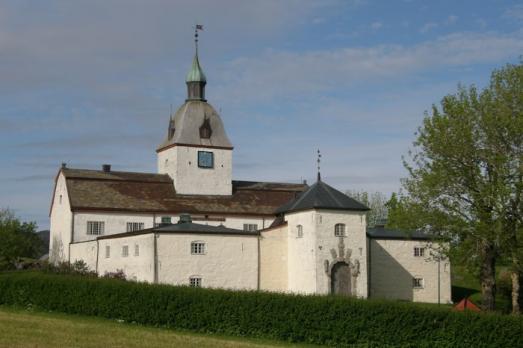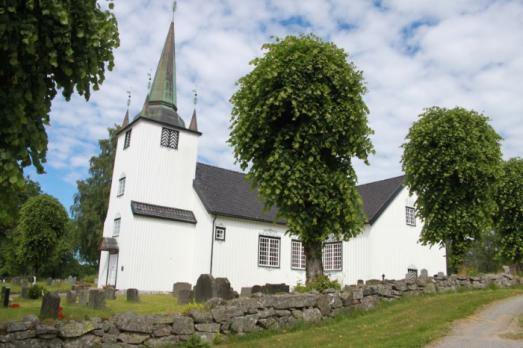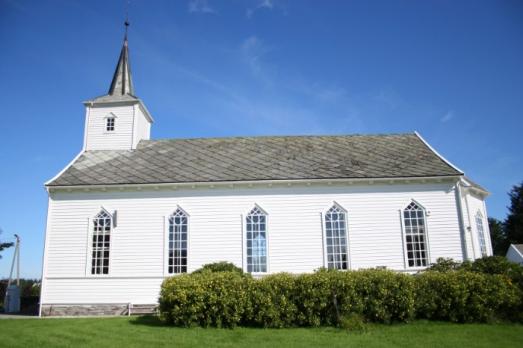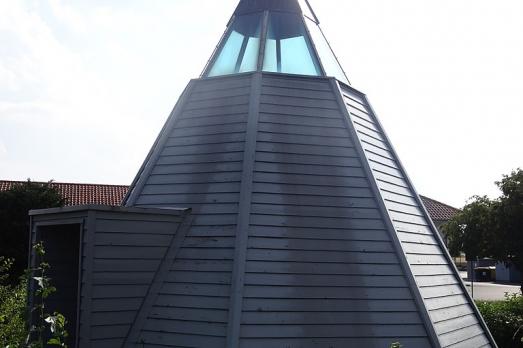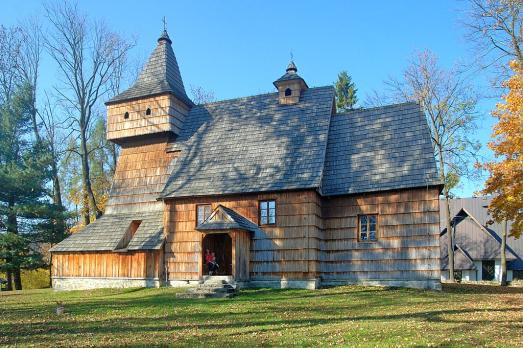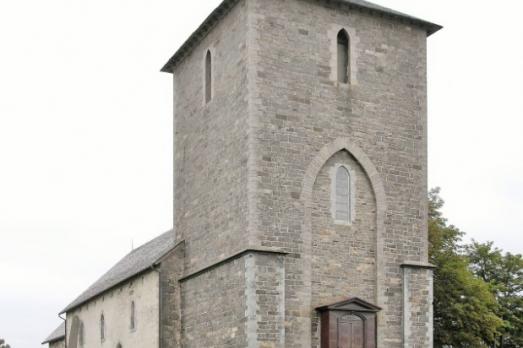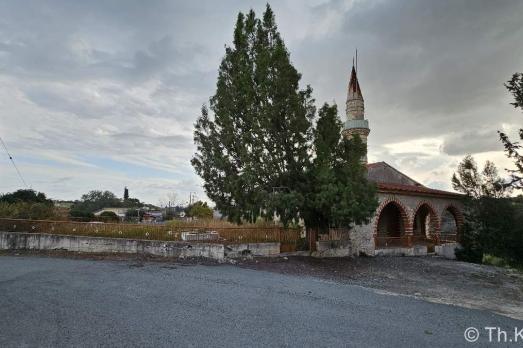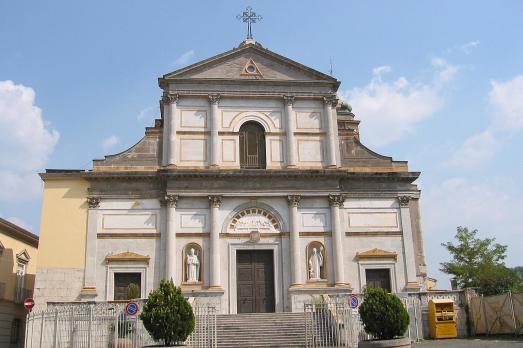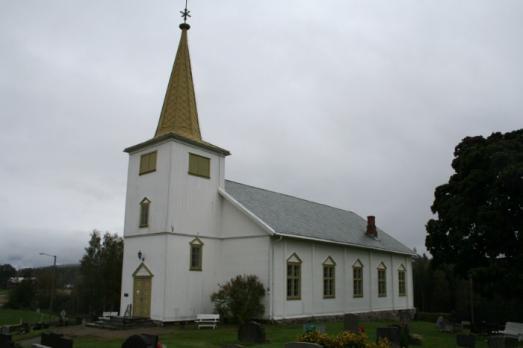
Austmarka Church
Kongsvinger, NO
Austmarka Church is a wooden church built according to the plans of the carpenter Paul Eduard Bielenberg in 1858. The church has a tower on the west side with a pointed capital and a choir at the right end. The church was clad with exterior panels in the 1880s and the roof was covered with slate after a fire in 1922. The interior is characterized by several changes made in the 1800s and 1900s.
